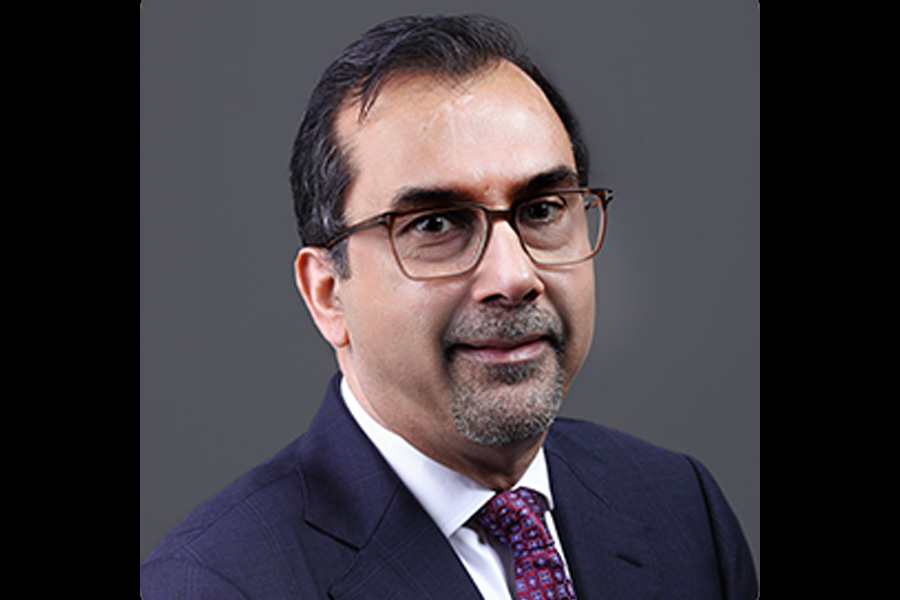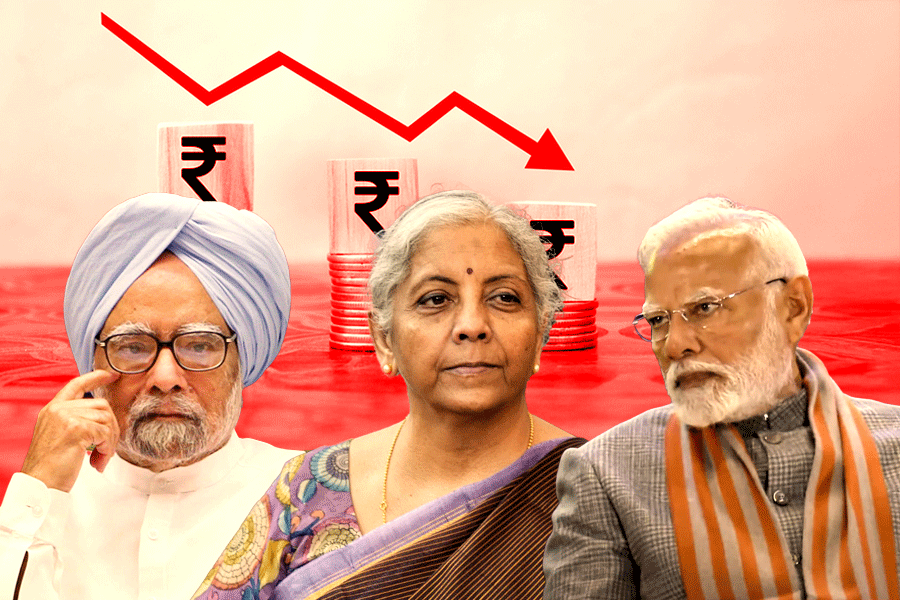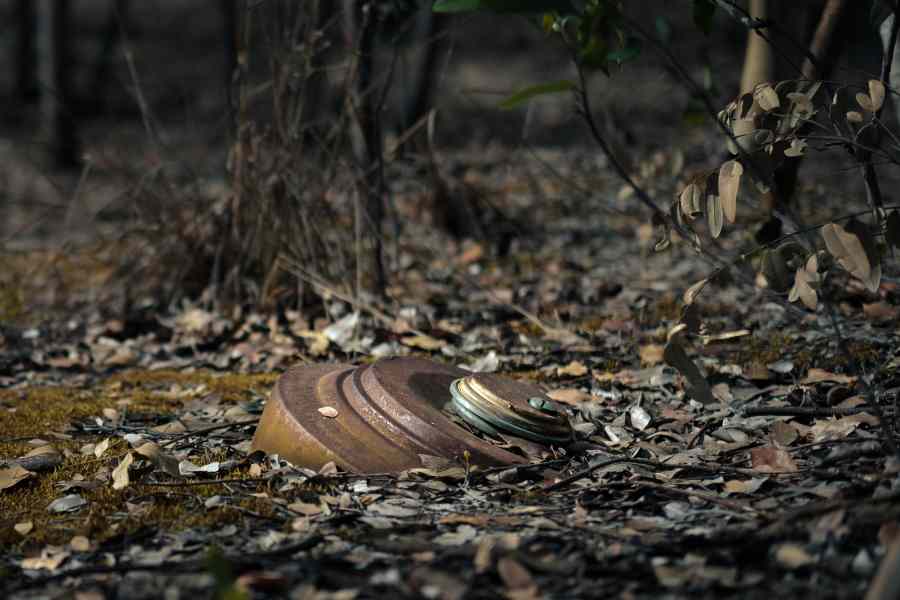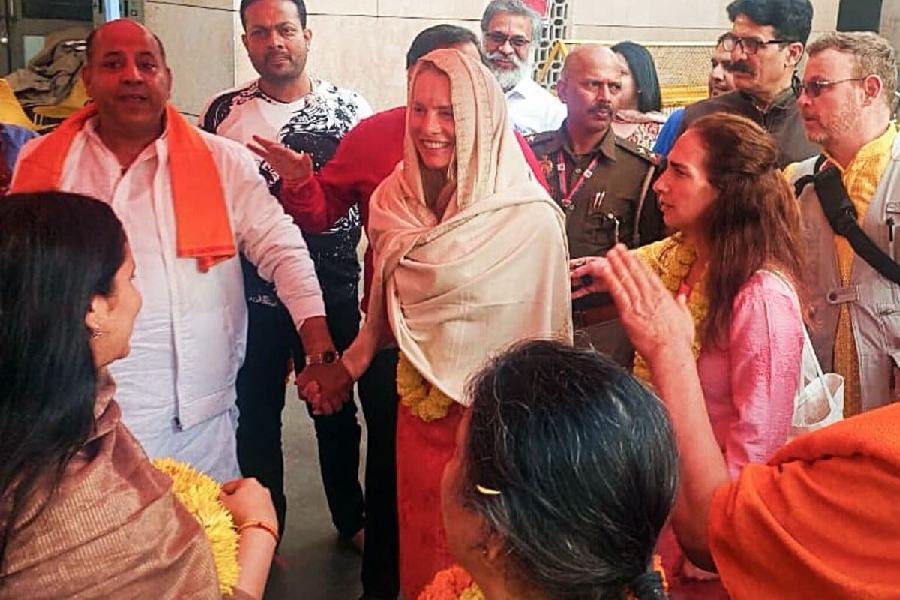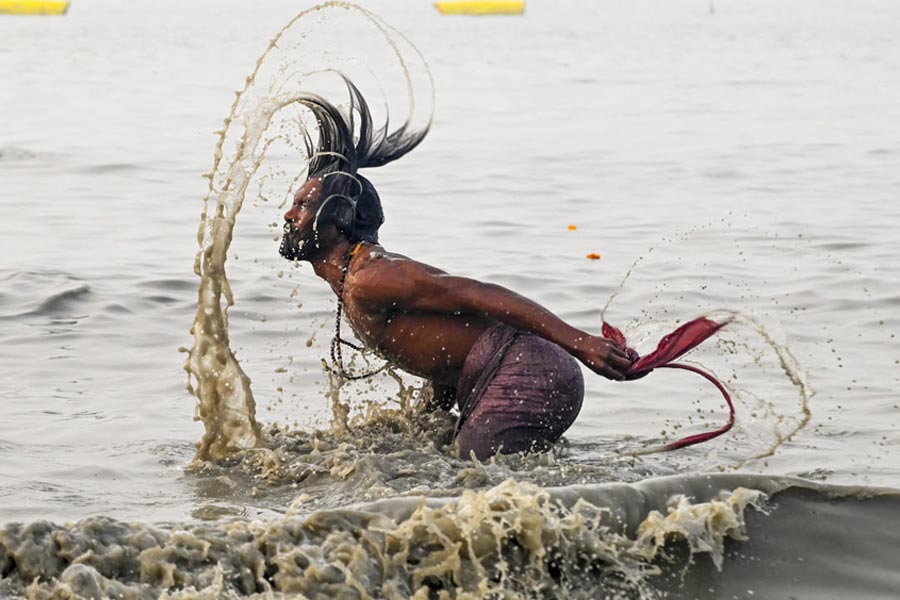The Bengal government needs to overhaul its education policy for science and technology, says scientist Bikash Sinha. He proposes an institution in Bengal comparable to the Indian Institute of Science, Bangalore.
Mamata Banerjee is finalising her plan for the coming five years. Would you like to propose any specific agenda?
First, I would congratulate her for her stunning (election) victory, (which) ensures that religion-based chauvinism opposed to science and reason will not find a berth in our state. Second, I would draw her attention to the condition of science and technology, especially its education which has turned somewhat moribund in Bengal.
This is disappointing if one considers the rich history of science and technology in this state. The situation is so desperate that we need an overhaul of this branch of education. My appeal to her is: hammer out a new science and technology policy with the emphasis on education, so that after five years Bengal can claim to be the frontline state in this sphere, in no way inferior to states like Maharashtra and Karnataka.
While Maharashtra has the excellent Tata Institute of Fundamental Research and Karnataka has the Indian Institute of Science, Bengal has nothing comparable to offer....
That is why I earnestly request the chief minister to build such an institution that will draw the world’s attention, as was the case about 100 years ago. There is no dearth of science institutions in Bengal — from the IISER, IIT, SINP, IICS, Bose Institute and the S.N. Bose Centre to the VECC and so on. But none of them is comparable to the excellence achieved by the IISc, Bangalore.
Our institute must have teachers who can motivate and stimulate the students. The institute must produce world-class research, hold frequent conferences and seminars. It shall be a part of the world theatre of high science. The city that has nurtured C.V. Raman and been home to international science celebrities like Jagadish Chandra Bose, Satyendranath Bose and Meghnad Saha deserves such an institute. If the chief minister decides to build one such research hub or centre, we shall extend our helping hand....
I dream of an international conference hosted by our still-to-come-up institute at which guests like Roger Penrose and Carlo Rubbia will participate. Just imagine the boost such a conference will give to the image of the state and the good it will do to the youngsters. Bengal will be the best again. Let us not forget that the renaissance period of Bengal achieved supreme excellence in both science and the humanities. The “two cultures” were thriving simultaneously.
Such an institute will represent the final step. But what about science and technology education at the school, college and university levels, and at the level of the research centres functioning in Bengal?
I have to be candid while answering this delicate but necessary question. First, the existing research centres are doing nothing really worthwhile. The scientists working there are drawing handsome salaries and comfort-providing allowances. But they are not engaged in path-breaking research. Could you name one scientist working in Bengal who has produced an excellent paper that has drawn the attention of the international community in the last 10 years? I’m certain you will draw a blank.
What they lack is the passion and drive needed to produce remarkable analysis and brilliant fruits of research. The working scientists of the state have to be prompted and provoked and this prompting will come if a solid research institute like the Indian Institute of Science is constructed in Calcutta or nearby.
Now I come to the quality of teaching and reception at the school, college and university levels. This whole business of teaching and being taught is pedestrian. Certain texts are prescribed (and) taught in a listless manner, and the ultimate gain from this entire process is close to naught. The students learn by rote and gargle out the matter they have supposedly learnt.
What I deplore is that neither the teachers nor the students adopt a scientific attitude and scientific outlook.... This business of teaching is more mechanical than anything else. Would you believe that there is no appropriate textbook on the phenomenal contributions by Jagadish Chandra Bose, Satyendranath Bose and Meghnad Saha? Had there been a proper scientific attitude and outlook, there would have been small theatre groups on their lives and discoveries, almost as in Copenhagen or London.
These names prove that we have an unparalleled scientific tradition in Bengal, not to speak of scientist-entrepreneurs like Prafulla Chandra Ray?
First, I will address the issue of entrepreneurial science. Productive technology cannot advance on its own, it needs the backup of scientific discovery. The latter, when applied, prompts the former. Dr Prafulla Chandra Ray is an example of a gifted being who could combine both. It’s a matter of pride that Bengal Chemical, which he founded, is still going strong in this age of fierce competition.
Now I come to the question of scientific tradition. We in Bengal may well be proud of our scientists. We here are overtly conscious of our glorious past and icons. Then why don’t we recall the pillars of our own scientific tradition and imbibe their insight, brilliance and path-breaking exploits? Why should we limit ourselves to the traditions of creative literature and music only? Where is our tomorrow’s magic tune of science?
I think even in this sphere the Olympian Rabindranath Tagore has something worthwhile to offer.
Without a doubt. Just turn the pages of his seminal work of science, Visva Parichay, and you will realise his phenomenal contribution. It’s a pity that this memorable text has not been included in the science syllabus at our schools or even colleges.
Even after so many years in research and technology and institution-building, I always find the book refreshing and tremendously exciting, almost intoxicating with its ideas, fresh and brilliant. My age becomes irrelevant, I experience the same exhilaration as Kabiguru possibly felt while writing this text just four years before his death.
We wax eloquent over Tagore’s creative contributions to poetry and drama, ballet and music. But we tend to forget that he wrote Visva Parichay for the young ones so that they could develop a scientific attitude towards life and the world from an early age.
The great poet was thus a rationalist to the core and knew how to maintain the balance between creative science and creative arts. I shall give you one telling example. After the devastating earthquake in Bihar in 1934, Gandhiji commented that this was divine wrath that the horrible caste system in Bihar had provoked. Rabindranath disagreed strongly. He said natural causes were the reason for the calamity and one should not read any “divine wrath” into it. In order to instil this rational, scientific attitude among the young ones he wrote his engagingly readable Visva Parichay.


